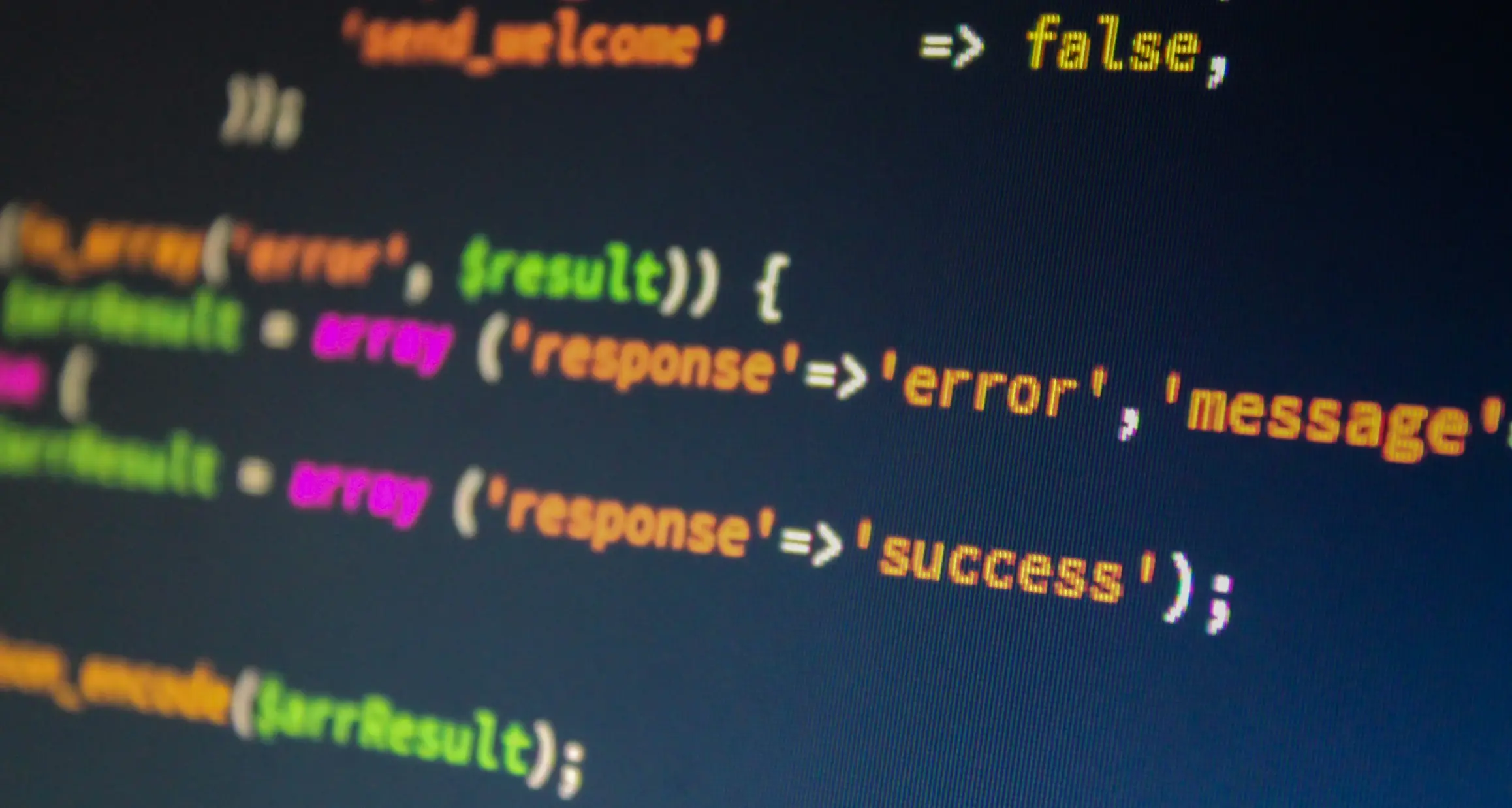Functional testing is critical in software development because it ensures that programs satisfy their intended requirements and perform as expected. It involves a systematic examination of software components to ensure that they work as intended and meet the functional requirements. Traditionally, functional testing has been conducted using real production data, which can raise challenges in terms of data privacy, security, and scalability. Enter synthetic data – an innovative solution that addresses these challenges while enhancing the functional testing process. In this blog article, we’ll go deeper into synthetic data and look at 10 ways it may be utilized effectively in functional testing.

1. Test Data Generation
Testers can use synthetic data to create diverse and extensive test datasets, covering a wide range of data types, formats, and boundary conditions. This versatility ensures comprehensive coverage of test scenarios, enabling testers to validate how the application performs under various data-related scenarios without exposing real sensitive information. Testers can use synthetic data to create test datasets that simulate real-world scenarios, allowing them to evaluate the application’s functionality and performance in a controlled environment.
2. Load and Performance Testing
Performance testing is a critical aspect of software testing, requiring the simulation of large-scale data sets and user interactions to assess system response times, resource utilization, and scalability. Synthetic data provides the flexibility to generate massive datasets quickly, facilitating rigorous load and performance testing without relying on actual production data. This ability to create scalable test datasets ensures that the application’s performance is evaluated under different load conditions, helping identify performance bottlenecks and potential issues.
3. Data Privacy Compliance
In today’s data-driven world, data privacy is critical. When testing applications that handle sensitive or personally identifiable information (PII), using real production data for testing purposes might lead to data breaches or privacy violations. Synthetic data offers a secure alternative by anonymizing or producing fictional data, ensuring compliance with data protection regulations while still conducting thorough functional testing. This approach guarantees that the application is tested thoroughly without compromising data privacy. We wrote more about how synthetic data helps to keep the privacy in testing in this blogpost.

4. Test Automation
Automation has become an essential part of modern software development and testing processes. However, automated tests often require large and diverse datasets to validate various use cases efficiently. By generating synthetic data, testers can enhance automation and streamline the testing process. Testers can improve automation and shorten the testing process by producing fake data. Synthetic data enables the generation of uniform and reproducible datasets, allowing automated tests to consistently deliver reliable results.
5. Boundary Testing
Functional testing aims to evaluate how an application behaves at data range boundaries. Testing with synthetic data can be tailored to include extreme and borderline cases, allowing testers to assess the system’s response to both optimal and challenging data scenarios. For example, if an application accepts numerical inputs, synthetic data can be used to test the application’s response to the minimum and maximum allowable values, as well as values close to these boundaries.
6. Regression Testing
Maintaining consistent and reproducible test data is essential for successful regression testing. Synthetic data ensures that the same data sets can be used across different test cycles, promoting consistent and reliable results during regression testing. By using synthetic data, testers can validate that new changes and updates to the application do not introduce defects or regressions into previously functioning features.
7. Error and Exception Handling
Error and exception handling is a critical aspect of software development because it ensures that the application can gracefully handle unexpected situations and errors. Synthetic data may be customized to test how the application handles various error conditions and exceptions. By simulating erroneous inputs, testers can identify potential vulnerabilities and weaknesses in the system’s error and exception handling mechanisms, helping developers improve the application’s robustness.

8. Data Consistency and Integrity
Data consistency and integrity are critical in many applications. For example, in banking systems, transactions must be recorded precisely and consistently to avoid data corruption or financial discrepancies. Testing with synthetic data allows testers to evaluate the application’s ability to maintain data consistency and integrity across different modules and operations. This ensures that data-related functions work smoothly and as expected, enhancing the application’s reliability.
9. Negative Testing
Negative testing involves validating how the application responds to invalid inputs and edge cases. Synthetic data provides a controlled environment for testing these scenarios without risking real data. For example, testers can use synthetic data to input invalid characters, special characters, or out-of-range values to assess how the application reacts to such inputs. By using negative testing with synthetic data, testers can uncover potential vulnerabilities and edge cases that may have been overlooked during regular testing.
10. Controlled Test Environment
The use of synthetic data gives testers complete control over the test environment, ensuring consistency and reproducibility in test conditions. This controlled environment ensures reliable results throughout the functional testing process. Testers can recreate specific test scenarios with synthetic data, making it easier to identify and isolate defects. Additionally, having control over the test environment allows for easier collaboration among team members and a more structured testing approach.

Conclusion
Synthetic data has evolved as a powerful tool in functional testing, offering numerous benefits over traditional testing with real data. Synthetic data enables testers to conduct complete and efficient functional testing by assuring data privacy compliance, enhancing test automation, and validating error handling. By using synthetic data, software development teams can deliver more robust and reliable applications, ultimately enhancing user experiences and driving business success.
The use of synthetic data in functional testing represents a significant step forward in the evolution of software quality assurance. As technology continues to advance, synthetic data will definitely play an increasingly important role in the software development lifecycle, changing the way functional testing is conducted. The future holds enormous potential for synthetic data, making it an essential resource for testers seeking to build reliable, secure, and high-performing applications.


